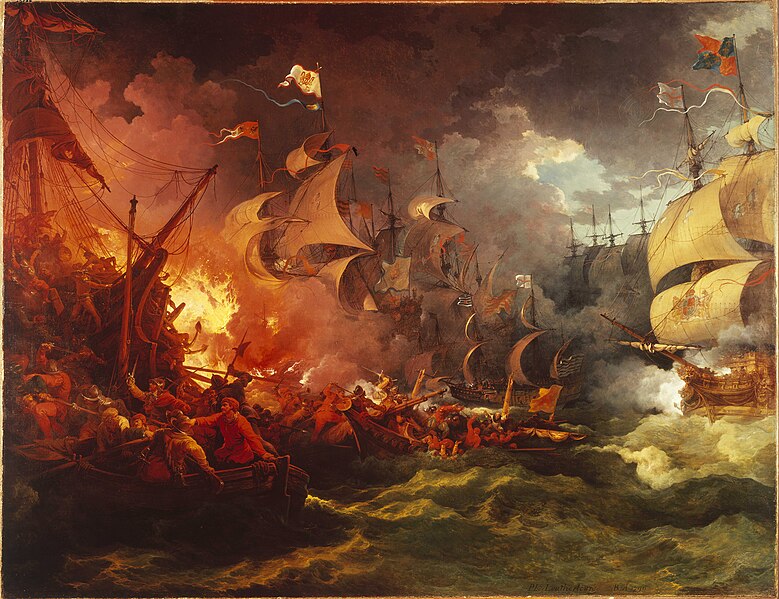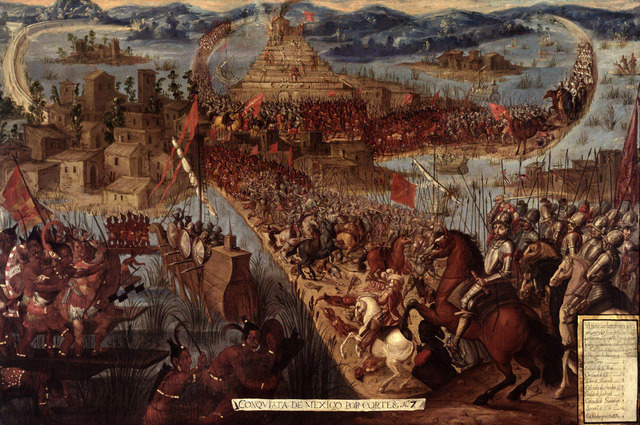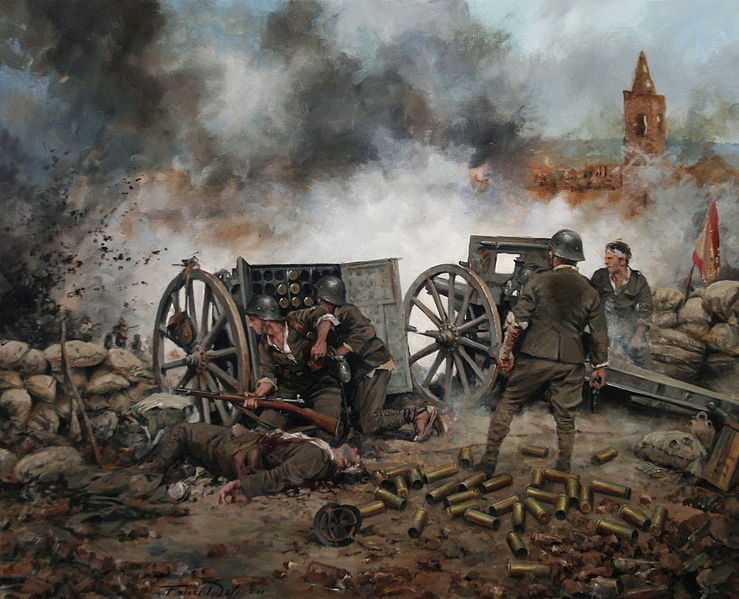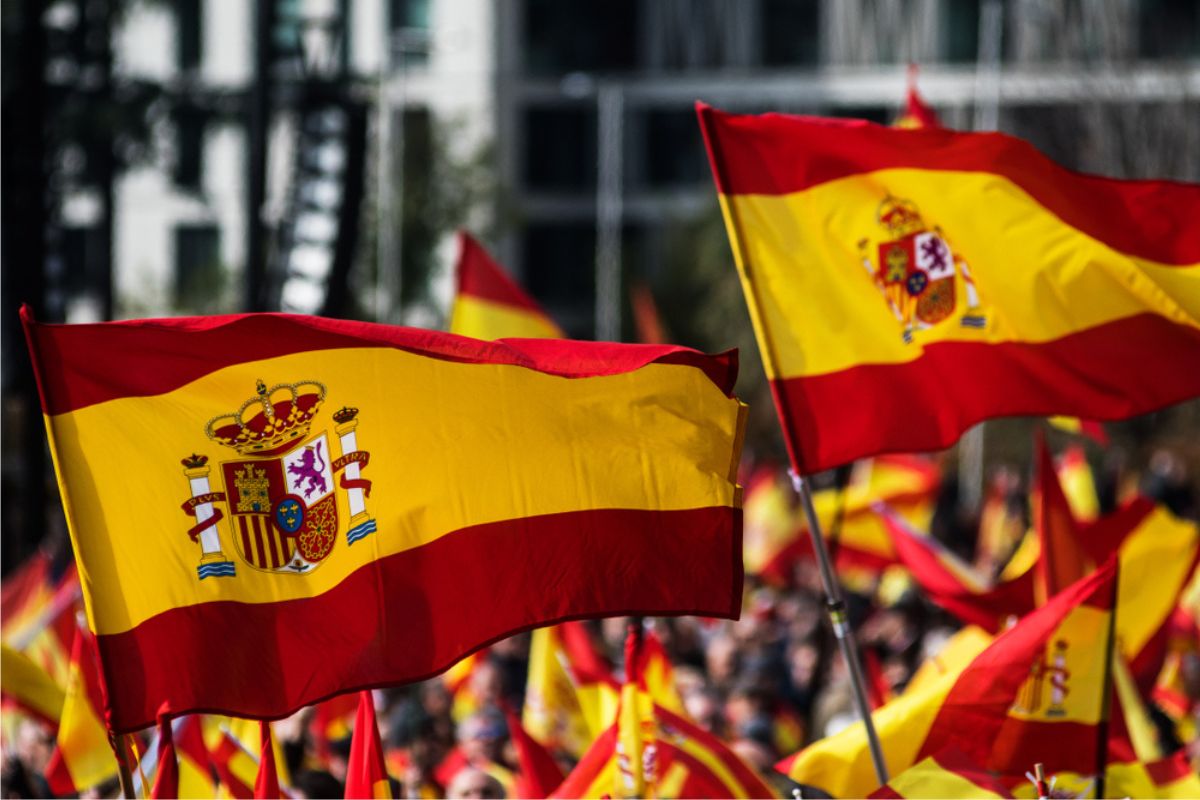Spain has a rich and diverse history that has shaped its culture, politics, and identity.
From ancient civilizations to colonial conquests and political transitions, Spain’s historical journey is full of fascinating events and influential figures.
In this brief introduction, we will explore some key historical facts about Spain, including:
- The Moorish rule
- The Reconquista
- The Spanish Armada
- The Spanish Golden Age
- The Spanish Inquisition
- The Conquistadors
- The Spanish Empire
- The Spanish Civil War
- The transition to democracy
- The Olympic Games in Barcelona
- Spain’s membership in the European Union
These historical milestones provide a glimpse into the rich tapestry of Spain’s past and its enduring impact on the present.
History of Spain Facts
1. Moorish rule (711-1492)
Spain experienced a significant period of Moorish (Islamic) rule known as the Al-Andalus. In 711, the Umayyad Caliphate of Damascus invaded the Iberian Peninsula and quickly established control over most of the region.
The Moors introduced Islamic culture, architecture, and agriculture, greatly influencing Spain’s development. Cities like Cordoba and Granada became centers of learning and prosperity under Moorish rule.
2. Reconquista (Christian reconquest, ended in 1492)
The Reconquista was a long process of Christian reconquest that spanned several centuries. Christian kingdoms in northern Spain gradually pushed back against Moorish rule, reclaiming territories one by one.
The campaign was driven by a combination of religious zeal, political ambition, and territorial expansion. It culminated in 1492 with the fall of Granada, the last Moorish stronghold, marking the completion of the Reconquista and the unification of Spain under Catholic rule.

3. Spanish Armada (defeated by England in 1588)
In 1588, King Philip II of Spain launched the Spanish Armada, a fleet of warships, with the aim of invading England and restoring Catholicism.
The Armada consisted of around 130 ships and 30,000 men. However, the Spanish fleet encountered unfavorable weather conditions and suffered heavy losses in battles against the English navy under the command of Sir Francis Drake.
The defeat of the Spanish Armada was a significant turning point in European naval warfare, solidifying England’s status as a naval power and weakening Spain’s dominance.
4. Spanish Golden Age (16th-17th centuries)
The Spanish Golden Age refers to a period of remarkable cultural, artistic, and literary achievements in Spain. It was a time of flourishing creativity and intellectual vitality. Influential figures emerged in various fields, leaving a lasting impact on Spanish and world culture.
Renowned writers like Miguel de Cervantes, known for his masterpiece “Don Quixote,” and playwrights such as Lope de Vega and Pedro Calderón de la Barca produced celebrated works during this period.
In the realm of visual arts, painters like Diego Velázquez and El Greco created masterpieces that continue to be admired today.
5. Spanish Inquisition (established in 1478)
The Spanish Inquisition was a judicial institution established by the Catholic Monarchs, Ferdinand II of Aragon and Isabella I of Castile, in 1478. Its primary aim was to maintain religious and political unity by identifying, persecuting, and suppressing heresy and dissent.
The Inquisition targeted conversos (Jews and Muslims who had converted to Christianity) suspected of practicing their former religions in secret, as well as individuals accused of witchcraft or other offenses against the Catholic Church.
The Inquisition had a significant impact on Spanish society, instilling fear and shaping religious and social dynamics for several centuries.

6. Conquistadors (explorers and colonizers of the Americas)
The Conquistadors were Spanish explorers and conquerors who played a pivotal role in the colonization of the Americas.
Led by figures like Christopher Columbus, Hernán Cortés, Francisco Pizarro, and Juan Ponce de León, they ventured into unknown territories, seeking wealth, power, and spreading Christianity.
They encountered and subjugated indigenous civilizations, such as the Aztecs in Mexico and the Incas in Peru, leading to the establishment of Spanish colonies and the exploitation of vast resources.
The actions of the Conquistadors had a profound and lasting impact on the history, culture, and demographics of the Americas.
7. Spanish Empire (one of the largest in history)
The Spanish Empire, also known as the Spanish Monarchy, was one of the largest and most powerful empires in history. It reached its zenith in the 16th century and extended across vast territories in Europe, the Americas, Africa, and Asia.
Spanish explorers and conquistadors claimed territories, establishing colonies, trading networks, and a global empire. The riches from the New World, particularly gold and silver, flowed into Spain, contributing to its economic prosperity.
However, conflicts with other European powers, wars, economic challenges, and the loss of colonies led to the decline of the Spanish Empire over time.
8. Spanish Civil War (1936-1939)
The Spanish Civil War was a brutal conflict fought between the Republican government, supported by various leftist and anarchist groups, and the Nationalist forces led by General Francisco Franco.
The war was sparked by political and social tensions, including ideological divisions, economic inequality, and regional separatism.

It became a battleground for larger ideological struggles, with international involvement from Nazi Germany and Fascist Italy supporting the Nationalists, while the Soviet Union and international brigades supported the Republicans.
The war resulted in significant loss of life and destruction, and Franco’s Nationalists emerged victorious, establishing a fascist dictatorship that lasted until Franco’s death in 1975.
9. Salvador Dalí (prominent surrealist artist)
Salvador Dalí was a Spanish surrealist artist known for his eccentric and imaginative artworks. He is renowned for his striking imagery, dreamlike landscapes, and symbolic compositions.
Dalí’s distinctive style often incorporated melting clocks, distorted figures, and bizarre juxtapositions. His notable works include “The Persistence of Memory” and “The Elephants.”
Dalí’s contributions to the surrealist movement made him one of the most influential artists of the 20th century, and his legacy continues to inspire and captivate art enthusiasts worldwide.
10. Picasso’s Guernica (famous anti-war painting)
“Guernica” is a powerful and iconic painting created by Spanish artist Pablo Picasso. It was a direct response to the devastating bombing of the town of Guernica during the Spanish Civil War.
Commissioned for the Spanish Pavilion at the 1937 World’s Fair in Paris, the painting depicts the horrors of war and the suffering endured by civilians. “Guernica” is considered one of Picasso’s most significant works and a seminal artwork of the 20th century.
It serves as a universal symbol of the atrocities of war and a powerful statement against violence and oppression. The painting has become an enduring symbol of peace and a testament to the enduring power of art as a form of protest.
11. Transition to democracy after Franco’s death (1975)
Following the death of General Francisco Franco in 1975, Spain underwent a remarkable transition from dictatorship to democracy.
King Juan Carlos I played a crucial role in this process by overseeing the establishment of a constitutional monarchy. A series of political reforms led to the legalization of political parties, the drafting of a new constitution, and the holding of democratic elections.
This period of transition, known as the “Spanish Transition,” marked a significant turning point in Spain’s history, allowing for political pluralism, civil liberties, and the development of democratic institutions.
12. Olympic Games in Barcelona (1992)
Barcelona, the capital of Catalonia, hosted the Summer Olympic Games in 1992. The event was a significant milestone for the city and Spain as a whole. Barcelona used the Olympics as an opportunity for urban regeneration and transformation.
The city underwent extensive infrastructure development, including the construction of new sports facilities, transportation systems, and the revitalization of its waterfront.
The Barcelona Olympics showcased Spain’s ability to host major international events and contributed to the city’s reputation as a global cultural and tourist destination.
13. EU membership (joined in 1986)
Spain became a member of the European Union (EU) in 1986, marking a pivotal moment in its history. EU membership brought numerous benefits to Spain, including economic integration, increased foreign investment, access to European markets, and the implementation of EU policies and regulations.
Spain has been a recipient of significant EU funds, which have supported infrastructure projects, regional development, and modernization initiatives. EU membership has played a vital role in shaping Spain’s modernization, fostering political stability, and strengthening its ties with other European nations.
